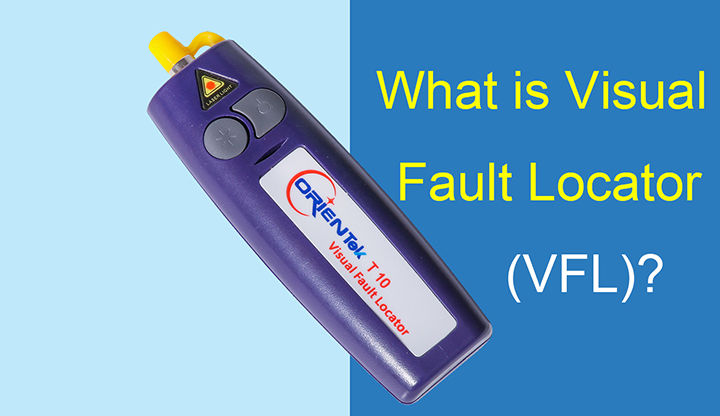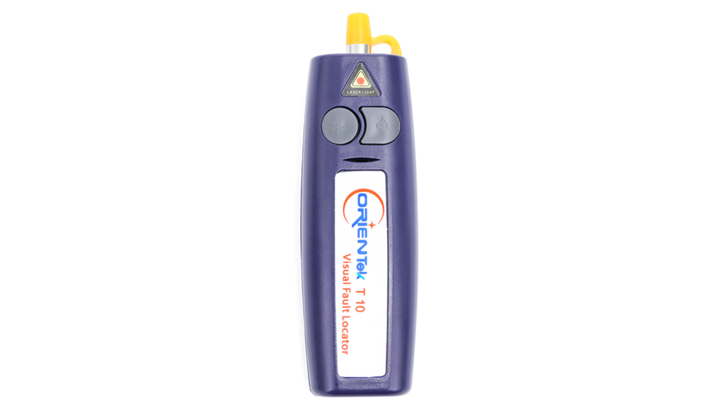
The big difference between the VFL and the continuity tester is the light source and optical output power of the light source. The VFL typically uses a red (635-650nm) laser light source. The optical output power of the laser is typically 1mW or less. Because of the high optical output power, you should never view the output of the VFL directly.
The Visual Fault Locator is available in different shapes and sizes. Some may look like a pen, others may be built into an optical time domain reflectometer (OTDR), and some may look like a small test equipment box. There are two types of VFLs: contact and non-contact. With a contact VFL, the optical fiber under test will make contact with the VFL. However, with a non-contact VFL the optical fiber under test will not touch the VFL.

Unlike the continuity tester, the VFL is not limited to testing multimode optical fibers 2km or less in length. The VFL can be used to verify continuity of multimode or single-mode optical fiber longer than 2km. Due to attenuation of the 635–650nm laser light source by the optical fiber, macrobends may not be detectable beyond 1km in multimode optical fiber and 500 meters in single-mode optical fiber. The same holds true for finding breaks in the optical fiber through the jacket of the fiber-optic cable.
